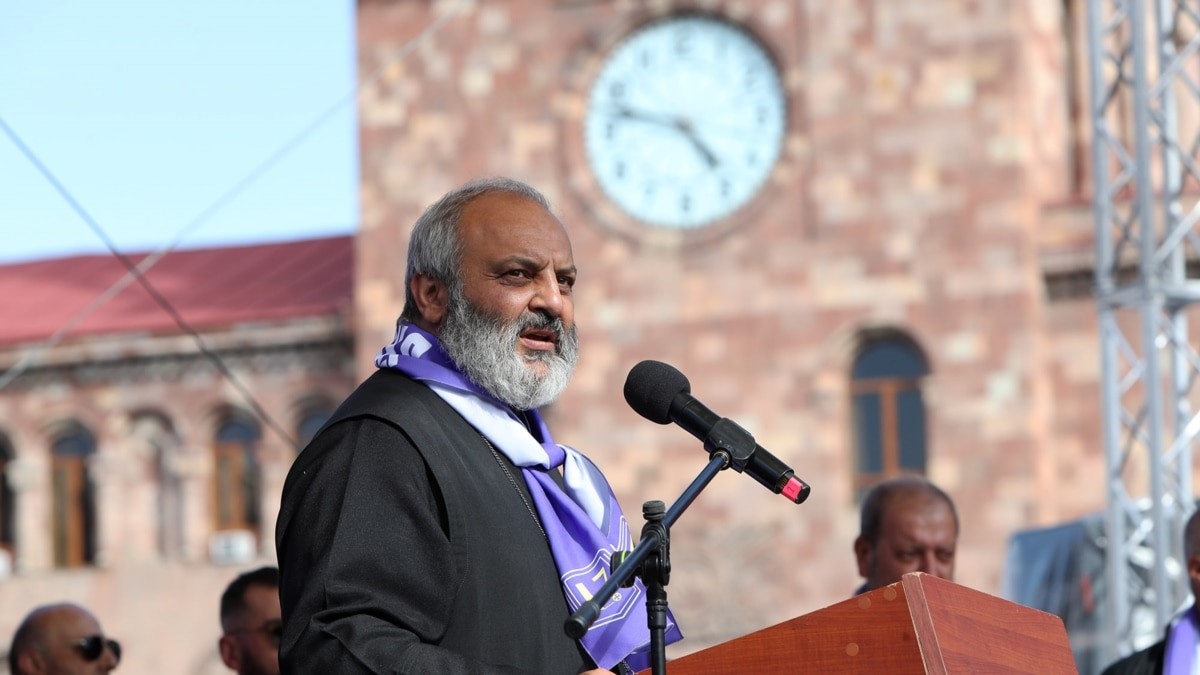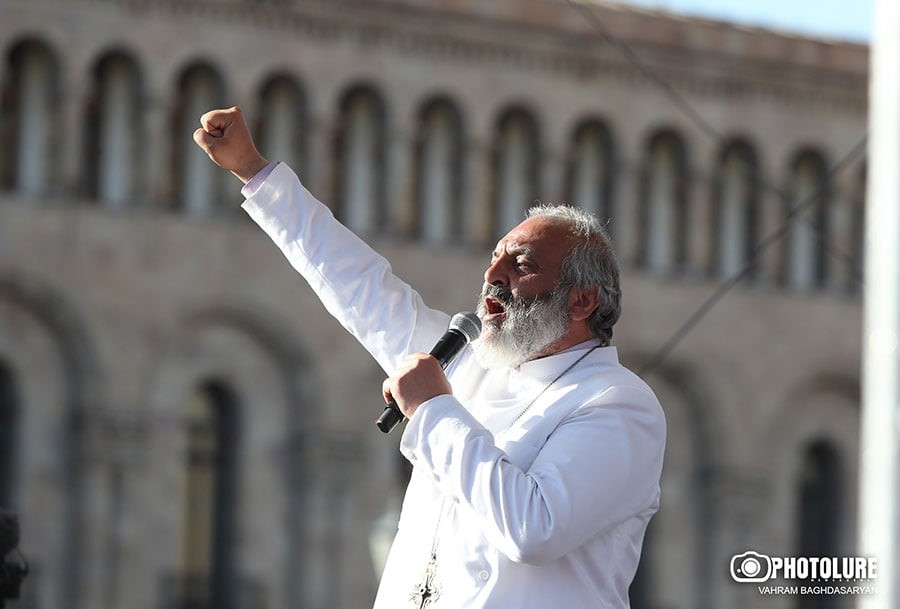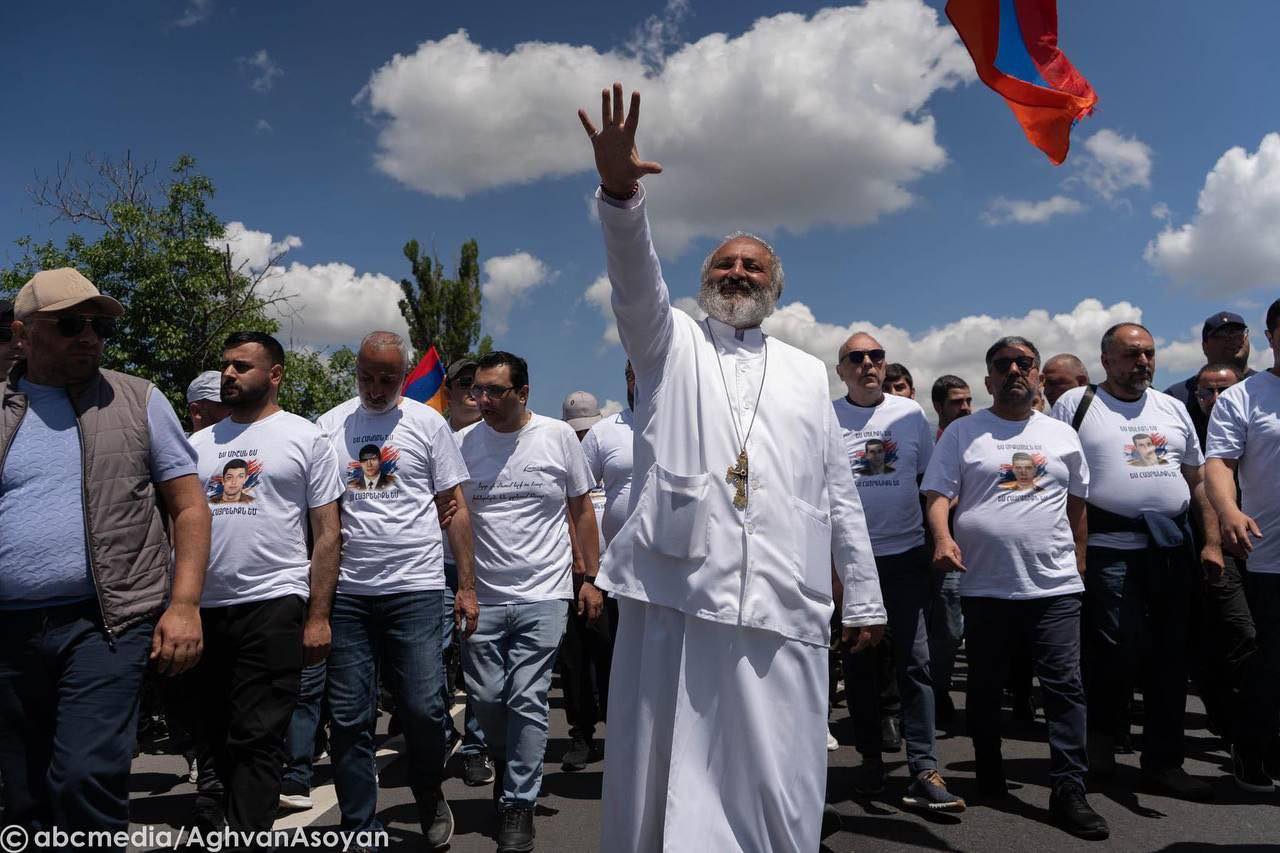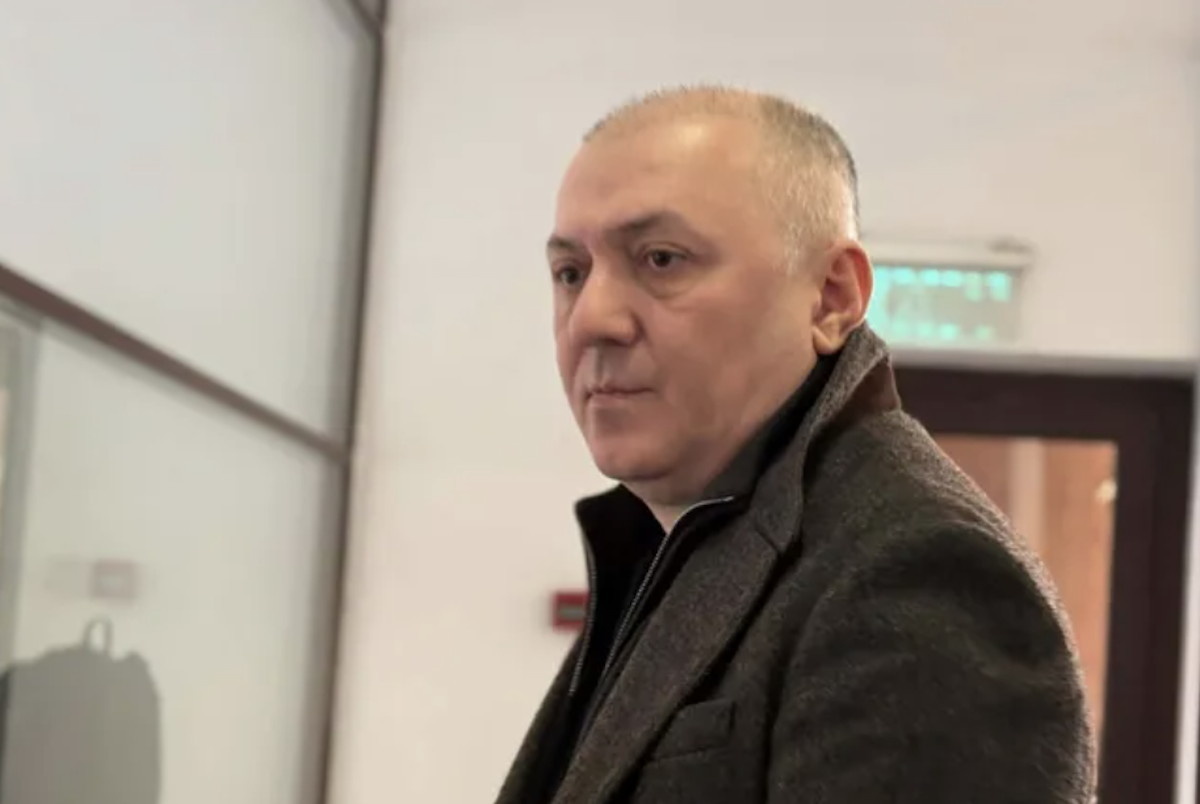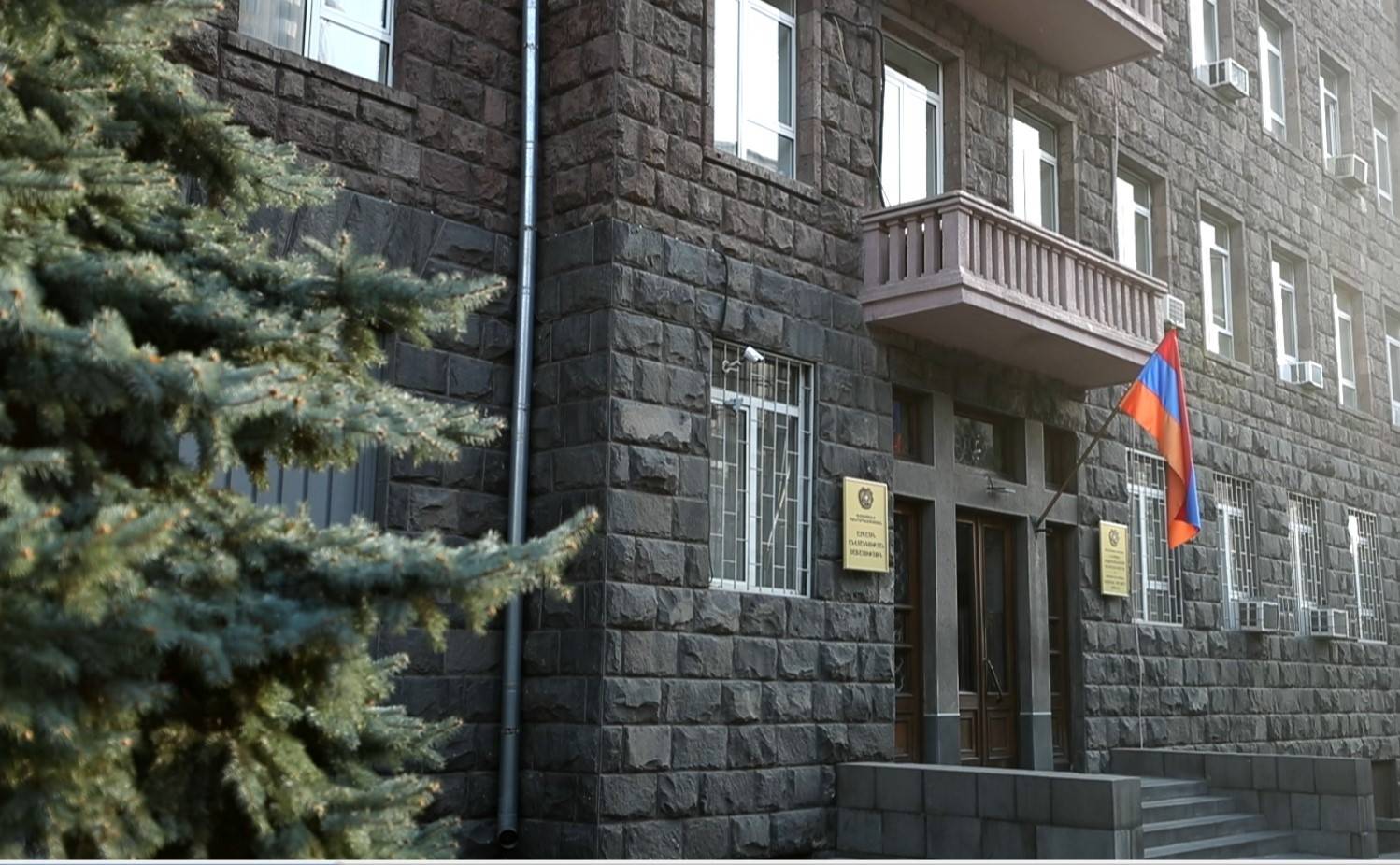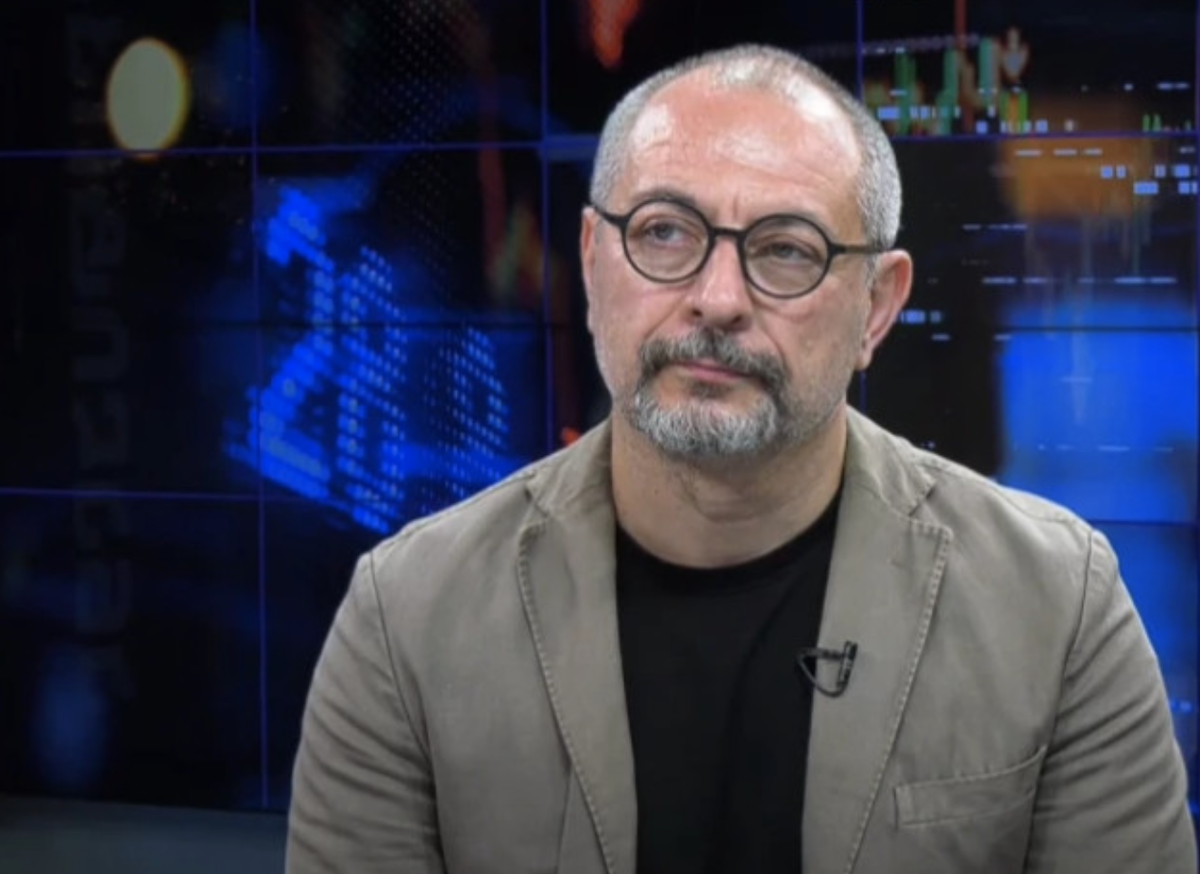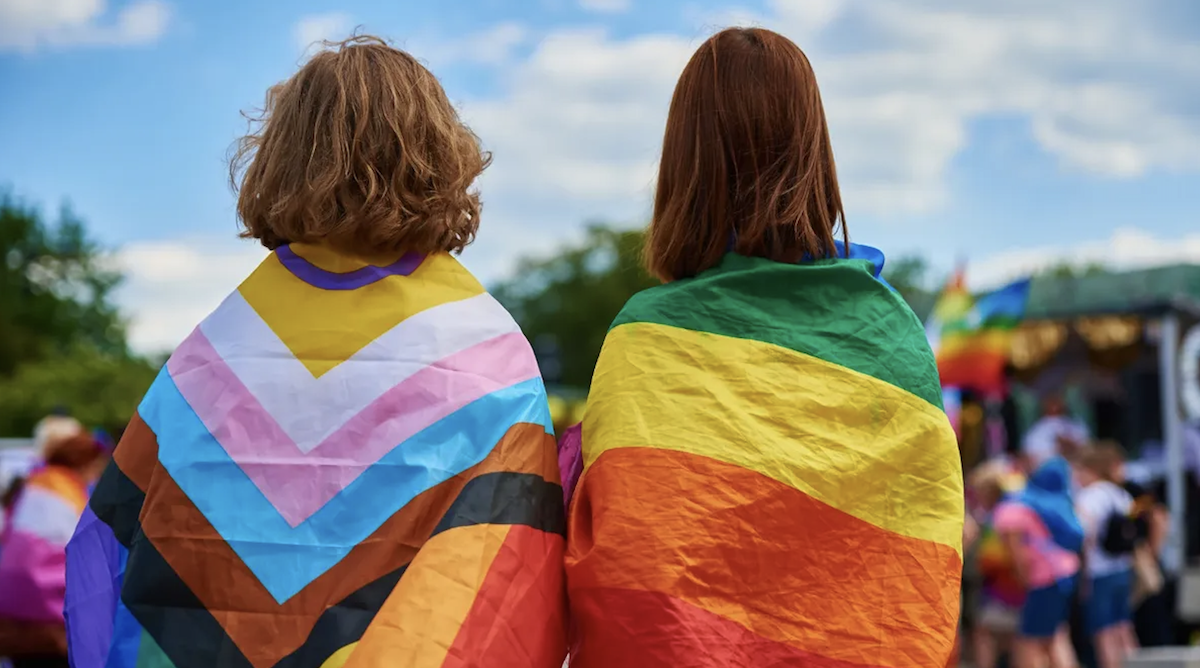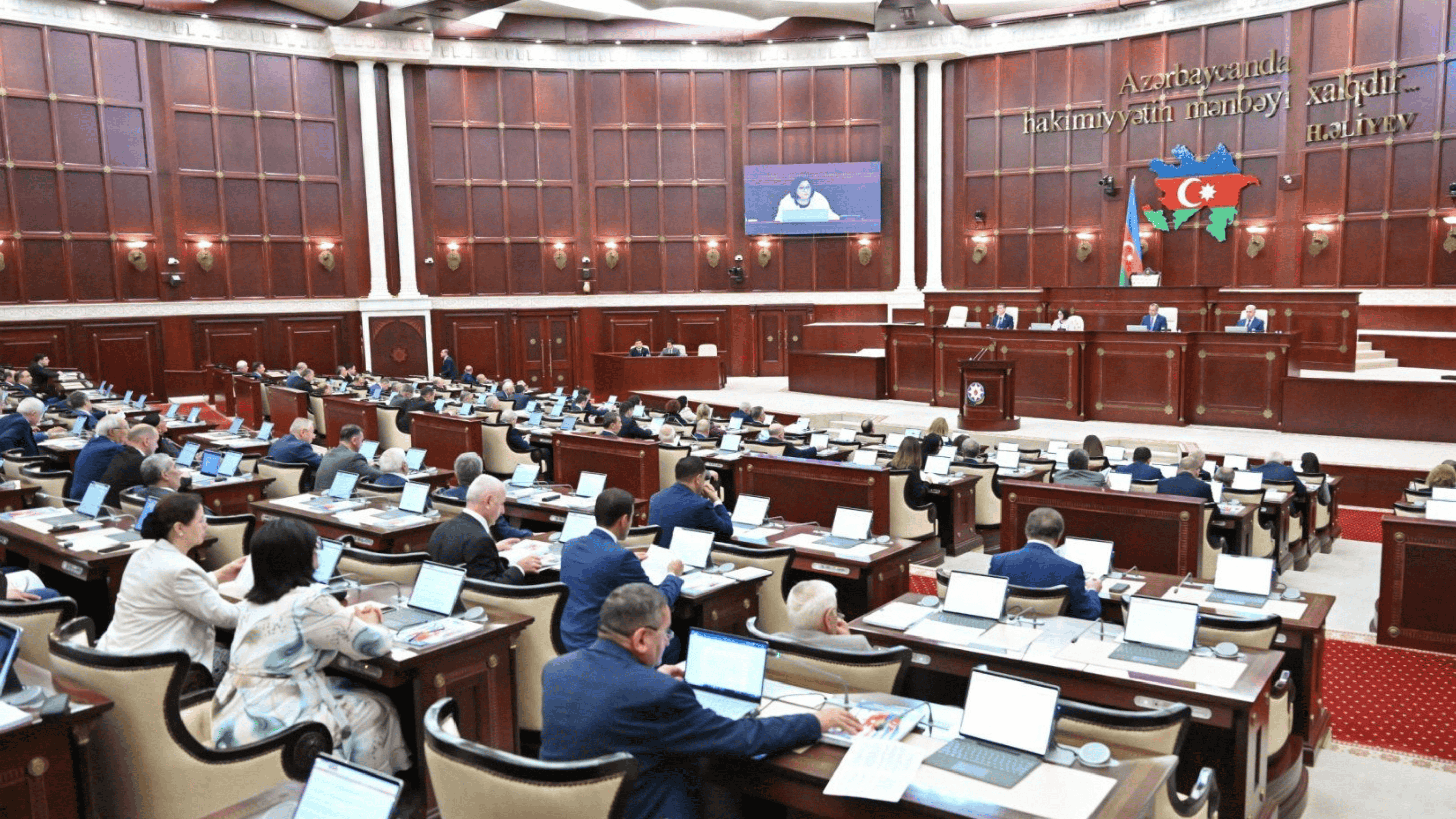"It was an attempted coup" – Political analyst on the actions of the protest movement in Armenia
Attempted coup in Armenia
In Armenia, the protest movement and street clashes, led by Archbishop Bagrat Galstanyan, continue. Last night, tensions escalated, and clashes with the police occurred on streets adjacent to the parliament building. While a session was taking place in the National Assembly, the “Tavush for the Homeland” movement was holding a protest. Demonstrators intended to prevent prime minister Nikol Pashinyan from leaving the building. At one point, the opposition’s actions seemed overly aggressive, leading the police to believe the situation was out of control, prompting them to use stun grenades.
The parliamentary majority stated that opposition leader Archbishop Galstanyan and his supporters “attempted to carry out a horrific terrorist act and destroy the statehood of Armenia.”
Political analyst Gurgen Simonyan interpreted these opposition actions as an attempted coup.
In his opinion, the opposition must understand that political changes are only possible through legal means permitted by the country’s constitution—namely, snap parliamentary elections. Otherwise, their actions could be seen as an attempt to usurp power from the people.
“Let’s hypothetically imagine a revolution happening today. In this situation, where the current government is the elected force, the question arises: do we have any guarantees that the leader of this revolutionary force will be recognized by the world as a legitimate negotiating figure? Or will he be seen as someone who took power from the people?” he told JAMnews.
As of now, reports indicate that 101 people were injured due to the use of stun grenades and clashes with the police. Among the injured are police officers. Eighty-five people have been discharged from hospitals after receiving necessary medical care. One of the injured, who had a severe wrist injury, has undergone surgery and is in satisfactory condition. Sixteen people remain in medical centers with minor to moderate injuries.
- “Armenia will leave the Russia-led CSTO; there is no other way,” – Prime Minister Nikol Pashinyan
- Power struggle or protest against border demarcation with Azerbaijan? Rally in Yerevan
- Pashinyan: ‘External forces want to provoke war in Armenia for the sake of a change of government’
The “Tavush for the Homeland” movement’s protests continue. In the morning, protesters, along with their leader who is vying for the position of prime minister, attempted to block the government building. They aimed to disrupt the cabinet meeting. After receiving news that the meeting was postponed and the prime minister was at the parliament discussing last year’s budget execution, they headed to the National Assembly building. The police are maintaining a heightened presence around all government buildings. The opposition plans to hold another rally late in the evening.
The government and opposition accuse each other
“This was an attack on the National Assembly, democracy, and the sovereignty and independence of Armenia, as well as a manifestation of helplessness and despair. These actions will have legal consequences,” stated Parliament speaker Alen Simonyan.
According to the leader of the ruling faction, Hayk Konjoryan, law enforcement agencies prevented a terrorist act similar to the shooting in the Armenian parliament on October 27, 1999. He also drew parallels with the events of November 9, 2020, when the statement on the cessation of hostilities in Karabakh was signed, marking the Armenian side’s defeat in the 44-day war. He recalled that in November 2020, protesters also attacked the parliament building and brutally beat the then Speaker of the National Assembly, Ararat Mirzoyan.
Konjoryan believes the opposition now intended to “deal with the prime minister.”
The leader of the opposition movement, Archbishop Bagrat Galstanyan, also described the police actions as “terror” against the participants of the peaceful assembly. He said both the executors and those who ordered the police to take special measures should be punished.
Attempted coup in Armenia
Prime minister’s assessment
The prime minister stated that the protesters tried to break through the police cordon to attack the parliament building:
“The police protected Armenia’s legislative institution and the statehood of the Republic of Armenia. There was an attack on the police by members of the movement led by the Catholicos of All Armenians and [former president of Armenia] Robert Kocharyan. The police actions were lawful and professional.”
Police made several mistakes and violated the law
Daniel Ioannisyan, head of the NGO “Union of Informed Citizens,” reviewed the video footage of the clash between protesters and police, including drone footage from his organization, and shared the following assessment on social media:
“Although the initiators of the illegal and aggressive actions were the protesters led by their leader Vazgen Galstanyan, it is necessary to note several mistakes and violations of the law by the police. Specifically, the police did not form a proper barrier/chain on the flank of Lovers’ Park, which allowed protesters to infiltrate the park and ‘collapse’ the police guard. If a police chain had been planned on this flank (e.g., near the fence), the police lines would not have been breached, and the use of special means would not have been necessary.”
He also noted a lack of objective evidence that the police followed legal requirements and warned protesters about the use of special means:
“There were also instances where stun grenades were used against those who had already fallen due to the grenades and those who came to help them.”
However, Police chief Aram Hovannisyan told journalists that protesters were informed many times about the use of special means. He said the decision to use them was made because “the situation became uncontrollable.” He assured that the police acted within the law.
Meanwhile, Ioannisyan claimed that stun grenades were used “in violation of the procedure established by the Minister of Health’s order (90-N of 2012), and the minimum distance (2.5 meters) from people was not observed, resulting in injuries to citizens.”
Is an official investigation into the police actions being conducted? In response to this question, Interior Ministry spokesperson Narek Sargsyan stated that a “monitoring” is being conducted.
Both meeting participants and police officers provided information about the incident to Human Rights Defender Anahit Manasyan. The Ombudsman’s office reported that some participants claimed disproportionate force was used against them, accompanied by insults from police officers. The defender found these circumstances “unacceptable and reprehensible.” She also described as “very disturbing” the information that protesters were throwing various objects and stones at the police:
“Every case of the police using disproportionate physical force must receive an appropriate legal assessment immediately to prevent further occurrences. It should also be clarified whether special means were used in accordance with established norms and procedures.”
Commentary
Political analyst Gurgen Simonyan condemns the opposition’s attempts to provoke clashes. He argues that seeking changes through unconstitutional methods is misguided, as it leads not to reforms but to “explosive actions that could undermine the state hierarchy.”
Simonyan emphasizes that “in conditions of tense geopolitical situations, escalating the domestic political situation is not advisable.” In his view, under these circumstances, the opposition’s maximum political goal should be to push for early elections:
“If the opposition sees that the situation has reached an uncontrollable threshold and authorities may take steps contrary to Armenian interests, they have one path: they should strive for early parliamentary elections.”
Simonyan believes there is no alternative to this path, as prime minister Pashinyan’s government is legitimate and elected by the people. Therefore, the opposition’s demands should also be lawful.
“You cannot issue ultimatums like 72 hours, 96 hours, one day, one hour, or one hour and 15 minutes to the authorities. What kind of ultimatums are these? These people have no understanding of political events or the acceptable political situation in current realities,” he said regarding participants of the protest movement.
The political analyst suggests that holding early elections is entirely possible. According to him, public opinion polls indicate a decline in ratings and trust towards Pashinyan. He believes even Pashinyan himself would not oppose elections in the near future, as “he understands that time is working against him; his political capital will be more modest in the next elections in 2026.”
According to the political analyst, the “Tavush in the Name of the Homeland” movement has already suffered defeat for two reasons:
“The movement is led by the church, which lacks selective capabilities and couldn’t screen out those who joined the protests. Rejected forces, including those serving the interests of a foreign state, infiltrated it. The proposed approach—Pashinyan’s resignation in favor of a temporary government—is unreasonable and impractical. They cannot justify their doubt that Pashinyan’s government can organize new elections and ensure their fairness.”
He reminds that the current authorities have successfully organized fair parliamentary elections twice, as well as local government elections. He cites the recent example of Yerevan’s mayoral elections, where the results were “disastrous” for the authorities, but they did not falsify them and announced the real numbers.
Commenting on the effectiveness of the upcoming protests, Gurgen Simonyan said that the movement will fade if people maintain a realistic approach. However, he did not rule out that if harsh measures are taken against demonstrators, enraged people might take to the streets:
“If the authorities behave correctly, do not resort to brute force, and do not treat people disrespectfully, then there can be no talk of a shift from rational to irrational behavior.“
Attempted coup in Armenia












